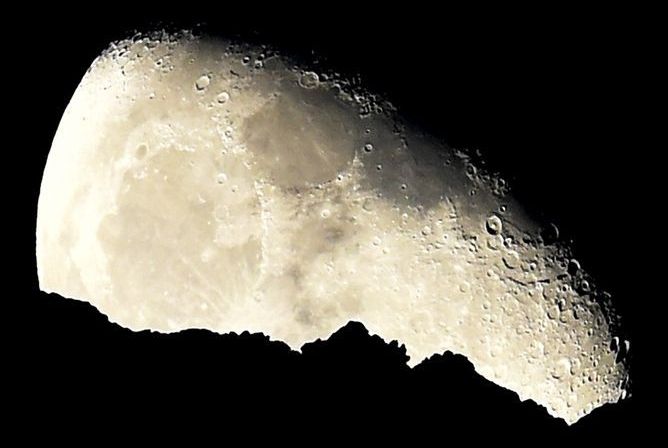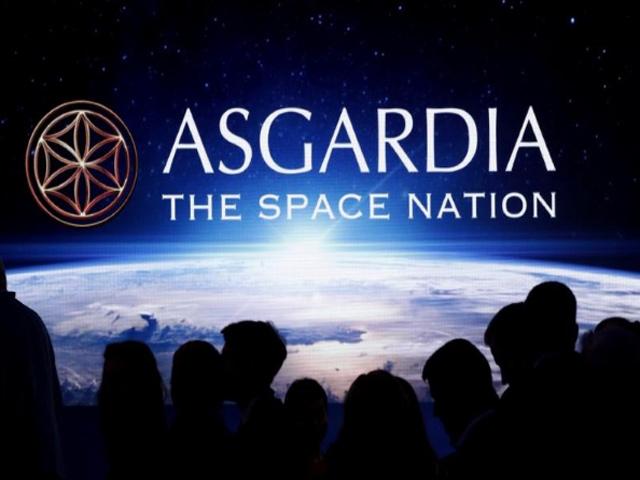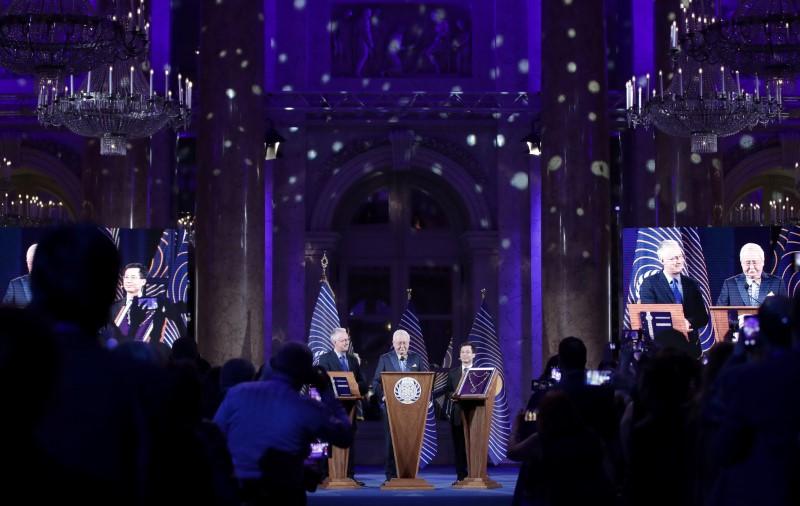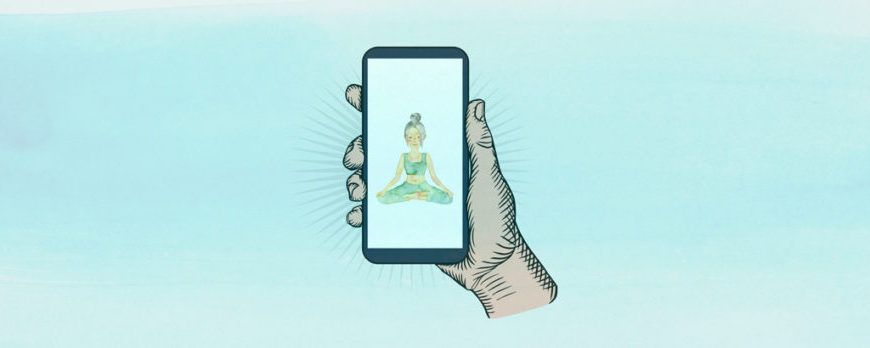Archive for the ‘space’ category: Page 868
Jun 27, 2018
Could Electricity-Producing Bacteria Help Power Future Space Missions?
Posted by Klaus Baldauf in categories: biotech/medical, space
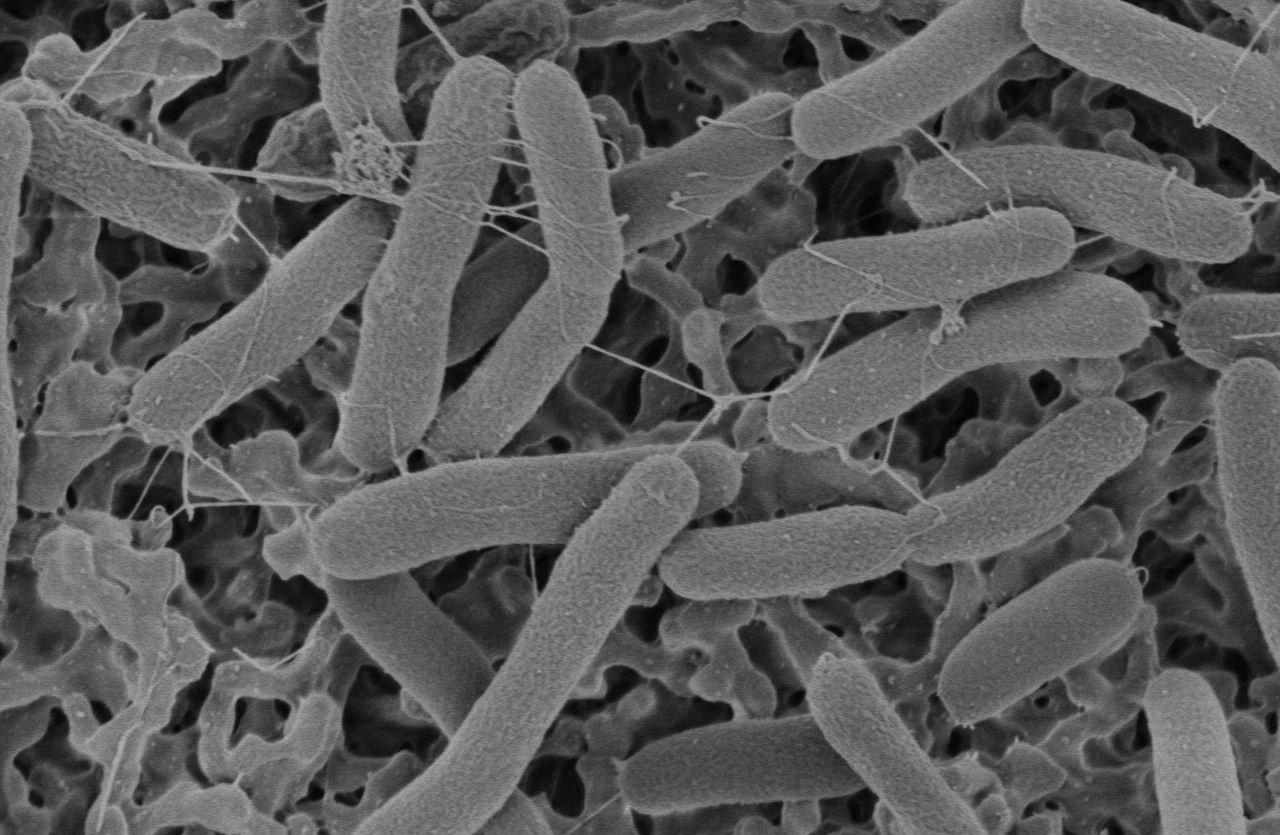
Humans aren’t the only ones who have harnessed the power of electricity. Some bacteria do this, too, by producing structures that extend from their surface like wires to transfer electrons over distances. Now, scientists at NASA’s Ames Research Center in California’s Silicon Valley are exploring this phenomenon to see if they can make use of these special microbes to perform essential functions on future space missions — from generating electricity to treating wastewater or producing medicines. With an experiment launching to the International Space Station, researchers will see whether the microbes work the same in space as they do on Earth.
To appreciate the rare abilities of the bacterium in question, called Shewanella oneidensis MR-1, you have to know what moving electrons around has to do with life. The transfer of electrons from one molecule to another is essential to all organisms, because it allows for the production of energy they need to survive. One reason that humans depend on oxygen is that this energy-producing chain reaction inside our cells is powered by transferring electrons to molecules of oxygen. The same goes for anything else that breathes oxygen, including Shewanella. But what makes this microorganism special is that it also has a back-up system that kicks in when the environment is low on oxygen. Shewanella keeps calm and carries on producing energy by using metals, like iron and manganese, instead.
Continue reading “Could Electricity-Producing Bacteria Help Power Future Space Missions?” »
Jun 27, 2018
The Quest to Find a Trillion-Dollar Nuclear Fuel on the Moon
Posted by Klaus Baldauf in categories: nuclear energy, space
India’s space program wants to go where no nation has gone before -– to the south side of the moon. And once it gets there, it will study the potential for mining a source of waste-free nuclear energy that could be worth trillions of dollars.
Jun 27, 2018
3D printed homes and pods of Martian rock, is this what life will look like on Mars?
Posted by Klaus Baldauf in categories: 3D printing, computing, Elon Musk, habitats, holograms, space, virtual reality
ELON MUSK wants to plump humans on Mars by 2024 and the first batch of settlers could live in 3D-printed home pods that pack hologram computers.
You’ll be able to tour the Red Planet habitat in virtual reality and view a scale model of the sci-fi living space at the Goodwood Festival of Speed next month.
Jun 27, 2018
Explore the Solar System in Augmented Reality with Mini Planet Models
Posted by Genevieve Klien in categories: 3D printing, augmented reality, robotics/AI, space
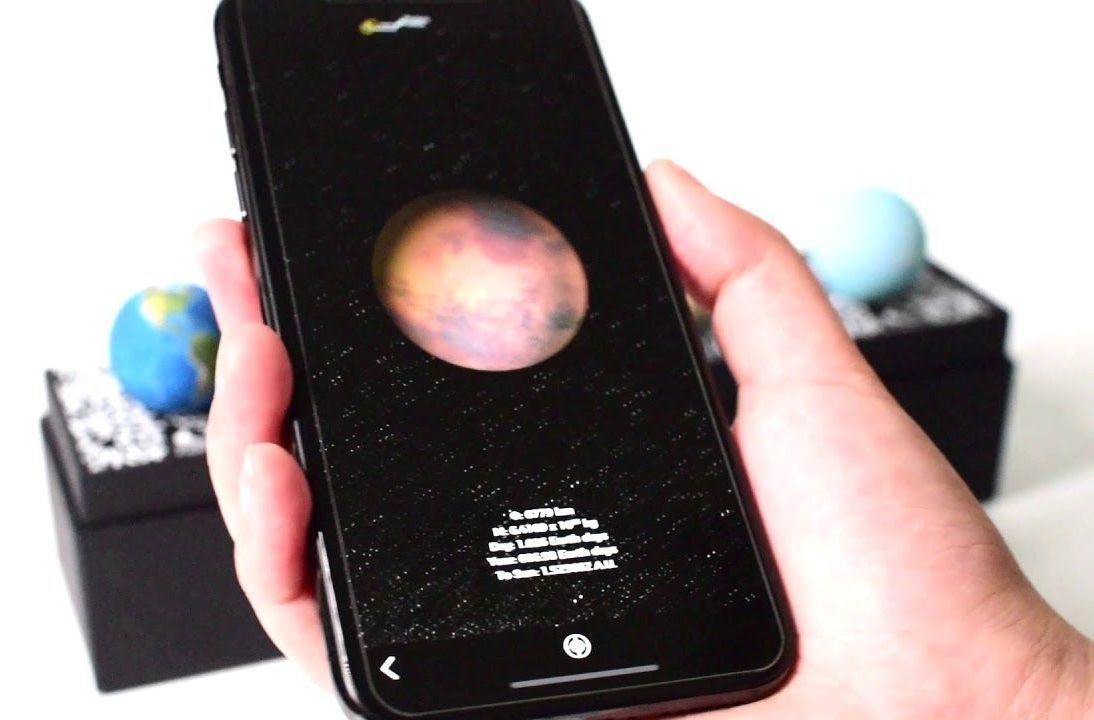
Ever wish you could visit other planets in our solar system without launching on a deep-space mission? Now you can embark on an interplanetary adventure right from the palm of your hand, thanks to gorgeous, 3D-printed planet models and an augmented-reality (AR) app.
Brought to you by AstroReality, the same company that created the “Lunar” AR moon model and its new Earth counterpart, this set includes miniature models of all eight planets and one model of the dwarf planet Pluto. Each model is 1.2 inches (3 centimeters) in diameter and color-printed with a resolution of 0.1 millimeter per pixel.
Continue reading “Explore the Solar System in Augmented Reality with Mini Planet Models” »
Jun 26, 2018
‘Asgardian,’ planong tumira sa outer space, 25 taon mula ngayon
Posted by Michael Lance in category: space
Ayaw mo na ba sa mundo at gusto mo namang manirahan sa kalawakan? Bakit hindi mo subukang maging mamamayan ng tinatawag na “Asgardia”— ang itinatag na space nation na planong bumuo ng “space arks” na magiging tirahan sa kalawakan.
Jun 25, 2018
Made in Space targets 2023 for building large structures in space and later future asteroid mining
Posted by Klaus Baldauf in categories: 3D printing, robotics/AI, space
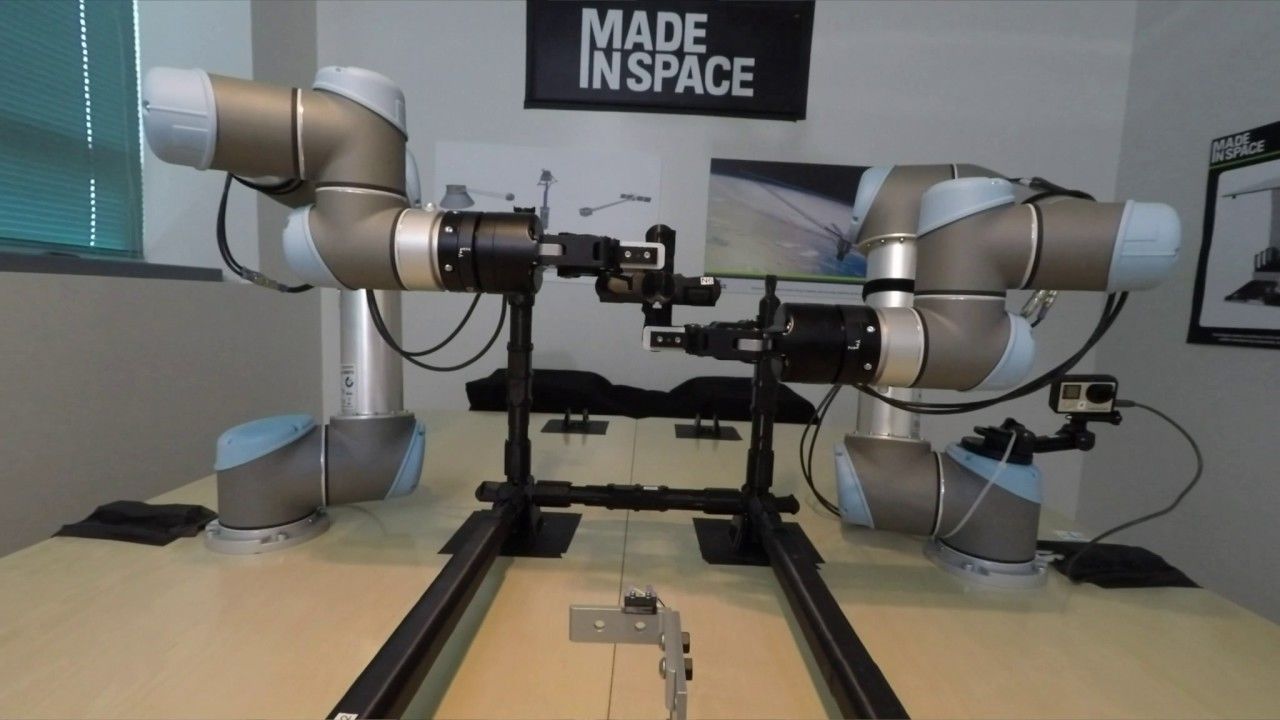
https://youtube.com/watch?v=phaonMhOC8Q
Within 4–5 years Made In Space believes their Archinaut space manufacturing robot and manufacturing mini factory will be making large structures like trusses and reflectors in space.
The Archinaut has an industrial-sized 3D printer, cartridges full of plastics and alloys, and robotic arms programmed to assemble the big items extruded by the printer without any human supervision. All Archinaut parts are able to survive in microgravity and harsh conditions like lunar dust storms and extreme temperatures.
Jun 25, 2018
‘Space kingdom’ seeks citizens for life beyond Earth very soon
Posted by Genevieve Klien in category: space
VIENNA (Reuters) — Feel like the world is going to the dogs? Want to get away from it all? Here’s a solution: become a citizen of the nation of Asgardia and hope it makes good on its promise to colonize the moon.
Lembit Opik, Asgardia’s Head of Nation Igor Ashurbeyli and Yun Zhao attend the inauguration ceremony of Asgardia’s first Head of Nation in Vienna, Austria June 25, 2018. REUTERS/Lisi Niesner.
Jun 25, 2018
Want to feel more Calm, get some Headspace, and practice Mindfulness Daily?
Posted by Alvaro Fernandez in categories: education, mobile phones, space
Good update on the science around popular mindfulness apps — “It is vital that we understand the potential benefits of engaging with such apps, and how these compare to programs that are taught in-person…”
Let me ask again…want to feel more Calm, get some Headspace, and practice Mindfulness Daily?
There are apps for that—hundreds of them, besides the three I just mentioned.
Continue reading “Want to feel more Calm, get some Headspace, and practice Mindfulness Daily?” »
Jun 25, 2018
Star attraction: Royal Observatory seeks volunteers to use new telescope
Posted by Genevieve Klien in category: space
Cutting-edge telescope makes Greenwich a working observatory for the first time in 60 years.
Ian Sample Science editor.

